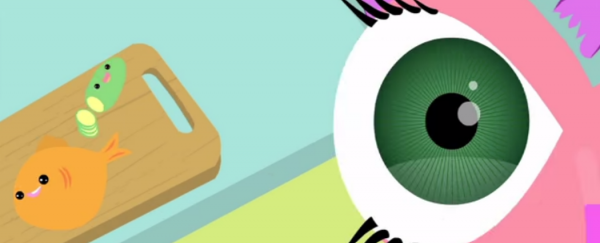No matter how you got them - too happy, too sad, in the vicinity of too much freshly cut onion - all tears look about the same. But the circumstance surrounding each tear determines a distinct chemical make-up that can tell us a whole lot about its biological function. And what better way to learn about this than meeting Iris, the plucky, yet sensitive girl with a tendency to cry all the time in the TED-Ed video above.
But before you scoff and tell yourself you're so much braver than Iris, you should probably know that you're in tears right now too. In fact, you're always in tears, because that's how your eyes remain hydrated, clean, and able to perceive light. Known as 'basal tears', these are constantly being produced by your lacrimal glands, and once they've done their job, they'll be cleared from the surface of your eye through specialised tubes called lacrimal puncta.
Through this process, you'll go through around 1.2 ml of tears every day, which equates to almost half a litre of unstimulated tears every year. All those tears are held in place on the surface of the eye by forming three layers - the mucus layer, the aqueous layer, and the lipid layer - and if they're doing their job properly, you'll never even notice they're there.
Something you will most definitely notice, however, are reflex tears, which are formed in response to a harmful or irritating foreign substance, such as the chemicals that are released when raw onions are cut. These reflex tears are not only produced in much larger amounts than basal tears, but their aqueous layer contains way more antibodies to help combat any microorganisms that might be trying to get into your eye.
So what about emotional tears? One of the most puzzling things about human biology is our tendency to weep when we're too sad, and even too happy. In fact, humans are the only species of animal - that we know of - that cry emotional tears. Why? Well, no one's really sure, but as the video above explains, scientists are able to interpret something about their function based on their chemical make-up.
Emotional tears kick in during times where you feel a loss of control, and scientists think that, along with other physical reactions such as an increased heart rate and slower breathing, our stress hormone- and endorphin-laden tears are there to quickly stabilise your mood, and perhaps act as a very obvious signal to those around us that we may be in need of some cuddles.
You know what else needs cuddles? Every single thing in the video above. Iris, you're my hero.
